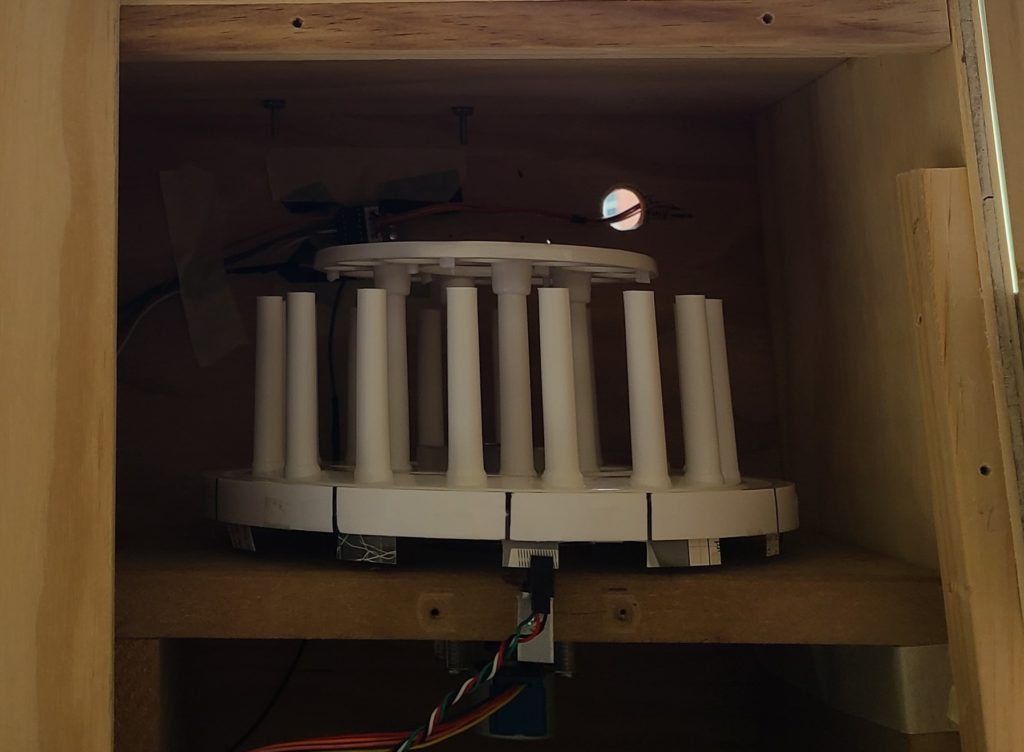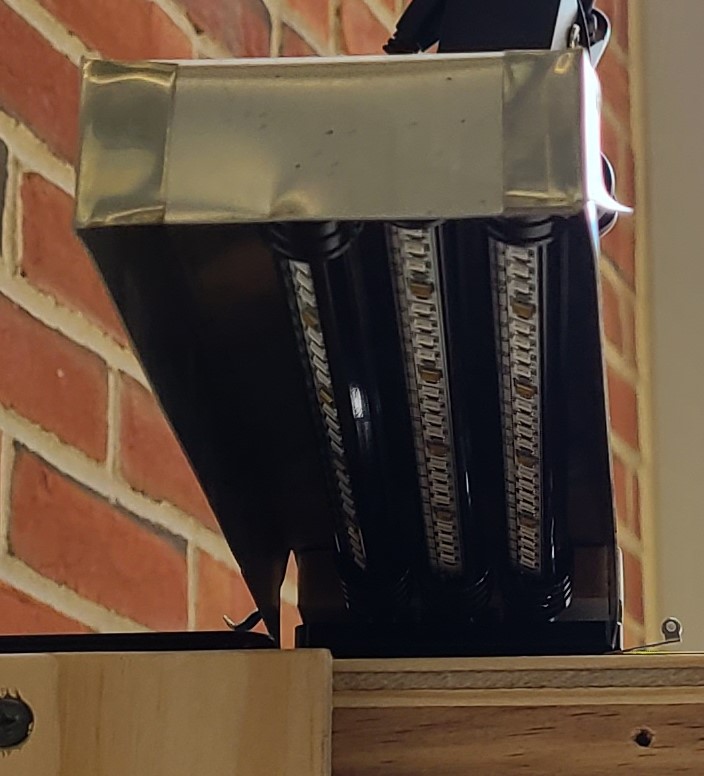Background
In many rural areas, there is a shortage of healthcare facilities and healthcare professionals. Many rural residents seeking care have to travel long distances to healthcare facilities. In U.S., the rural counties still make the higher percentage of the testing deserts even though the number of number of counties lacking testing sites are decreasing.[1] To control the spread of Covid-19, everyone needs to have an easy access to testing and treatment so that they can safely isolate.
Our Approach
We wanted to target the testing part of this problem. A healthcare test station is designed to facilitate in self-testing of Covid-19 and potential future diseases. This station will guide the users in conducting nasal swab test themselves without the observation of a healthcare professional using digital image processing. After each user, it will clean the interactive system using UVC lights. It will also collect and store test viles in a secure container until a healthcare worker can pick it up at the end of the day to take them to laboratory. So, our project has three main parts:
- User Interface
- Test Collection Unit
- Disinfection Unit
User Interface
The user interface will:
- Collect personal information
- The name will be recorded in accordance with the test vial’s position in the storage unit
- Guide users through conducting the self testing correctly
- The USB camera will turn on
- It will detect the user’s face, the tip of the user’s nose and it will also detect the green colored part of the nasal swab
- With these two measurement above, it is able to calculate how much of the nasal swab is inserted into the user’s nose. It will give feedback to the customer accordingly (green color means that the test is conducted properly; the red color means that the swab needs to be inserted deeper)
Test Collection Unit

The user can put the nasal swab into a test vile after their self-testing is completed. They can place the test vile into the collection unit for safe keeping afterwards. The collection unit consists of:
- A round test tube rack
- Slotted optical switch (OPB880)
3. ULN2003 5V Stepper Motor 1
- Powered with a 5V USB wall connection
4. ULN2003 Driver Board
5. Stand
After the user places the test vile into the round tube rack, the rack will rotate to the new slot controlled by Stepper Motor 1. The position of the slots are determined with the slotted optical switch. When the optical swith detects the next slot, the rotation will terminate.
Disinfection Unit
The LCD touch screen will be cleaned after each user with UV lights. The UV lights are attached to a lead screw which will move over the surface of the station controlled by Stepper Motor 2. The cleaning unit consists of:
- Lead screw
- UV lights
- Powered with a 9V battery
- Housed in a sheet metal cover

3. ULN2003 5V Stepper Motor 2
- Powered with a 5V USB wall connection
4. ULN2003 Driver Board
5. Limit switches 1 and 2
Limit switches on either side mark how far the UV lights will move. After sanitizing the entire screen, the UV light will turn off and wait until the next user finishes their test.
Project Conclusion
Each unit was assembled and tested separately. At the end, we connected all three units together and worked successfully as a collective as well.
All Circuit diagrams were made using circuit-diagram.org.
Future Improvements
Future designs could ask for more information such as date of test, birth-date, residence, COVID symptoms, or other user information deemed necessary. It can also be extended to data collection for different diseases. However, this along with aesthetic improvements are relatively minor adjustments.
The image processing is highly dependent on lighting. It works best in natural, well-lit areas. Two ways to improve this for any space could be to provide a light source next to the camera or use a more sensitive camera.
More importantly Stepper Motor 2, used to move the UVC lights, can get stuck while moving the lead screw. This is likely due to the alignment of the motor shaft and the lead screw. Given more time, this could be adjusted to run more smoothly.
Stepper Motor 1, used to rotate the storage unit, is quite slow. This is not a dire issue because it does not have to move very far or very quickly; however, it could be improved upon to shorten setup time between user tests.
Because the Raspberry Pi and the motors each have a wall connection, the system requires two functional outlets. In a future design, we could provide a built-in system outlet or an extension cord.
Team Members
- Alaina Attanasio
- Andres Ayes
- Asude Baykal
Supervisors
Professor Jack Mottley
Professor Daniel Phinney
